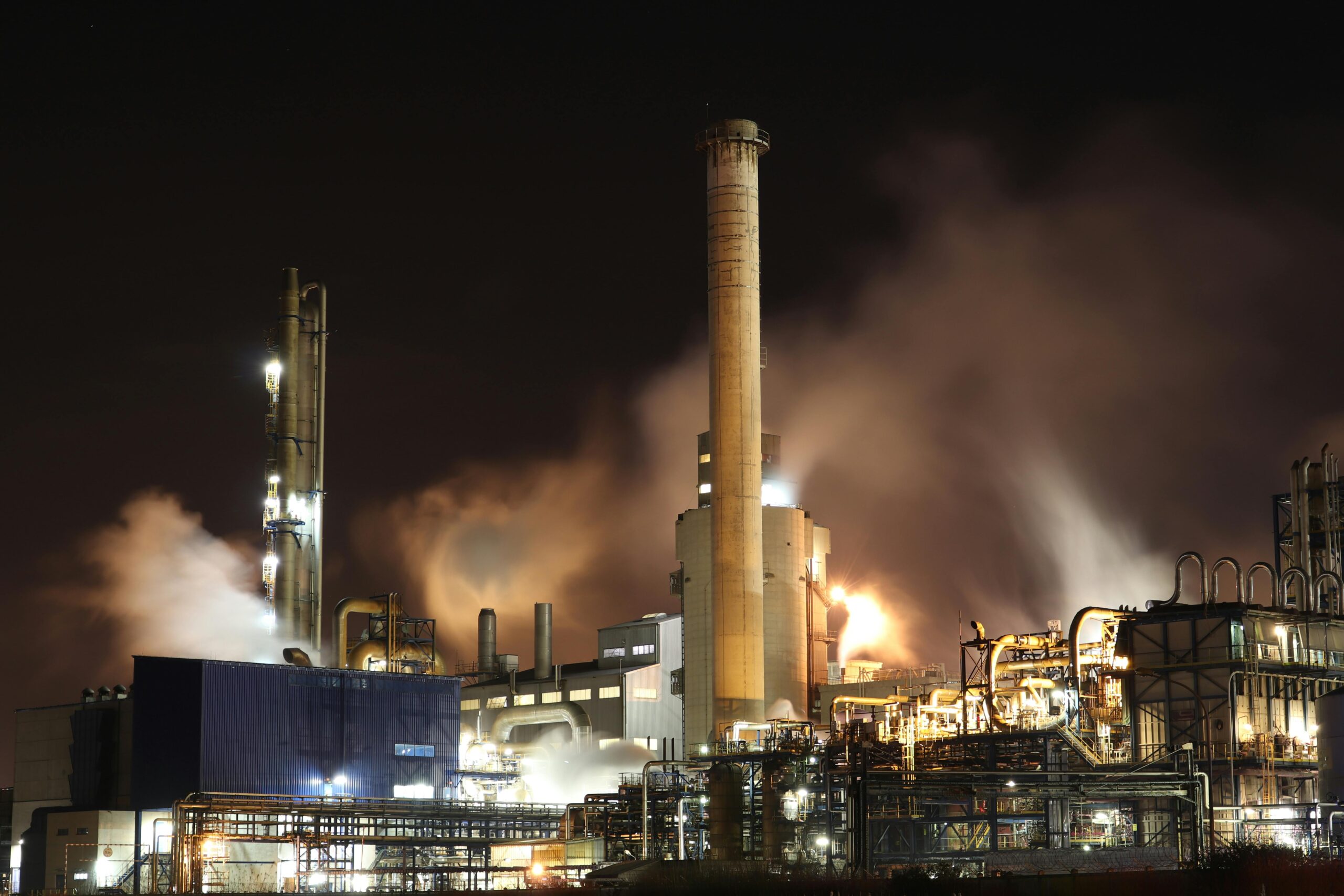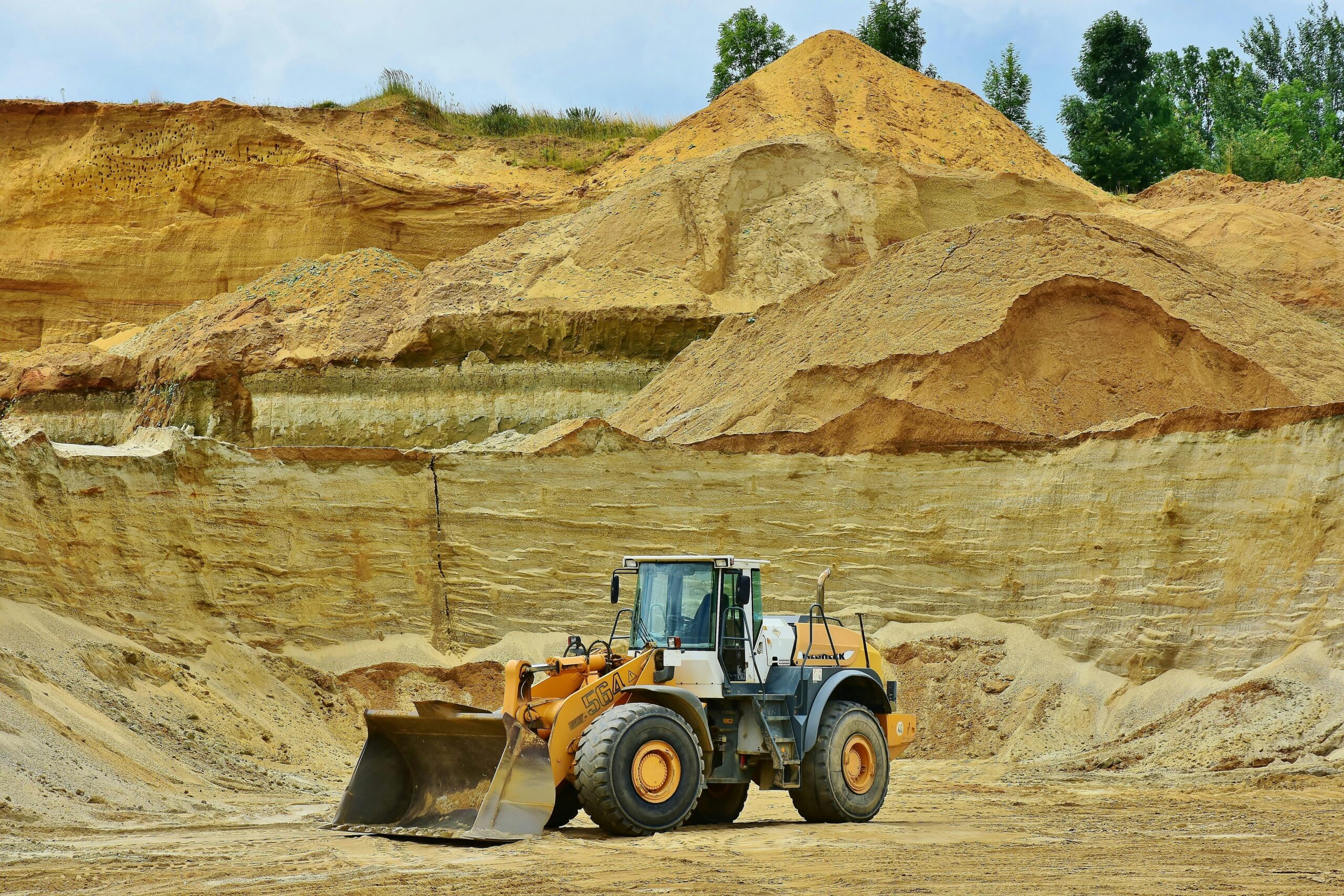America, often celebrated as the land of opportunity, owes much of its prosperity to its rich natural resources. From the fertile plains of the Midwest to the mineral-laden mountains of the West, the United States boasts an abundance of resources that have fueled its economic growth and global influence. This deep dive explores the vast expanse of America’s natural wealth, highlighting key resources and their impact on the nation’s development.
The Fertile Heartland: Agriculture’s Abundance
The United States is home to some of the most productive agricultural land in the world. The Midwest, often referred to as the “Breadbasket of America,” produces a significant portion of the nation’s corn, soybeans, and wheat. This region’s rich, fertile soil and favorable climate conditions have made it a powerhouse of agricultural production.
The impact of agriculture on the U.S. economy cannot be overstated. In 2020, the agriculture, food, and related industries contributed over $1 trillion to the nation’s GDP, employing millions and ensuring food security not only domestically but also globally through exports. The advancements in agricultural technology, including genetically modified crops and precision farming, have further enhanced productivity, making American agriculture more resilient and efficient.
Energy Abundance: Fossil Fuels and Beyond
The United States is a leading producer of both fossil fuels and renewable energy. The discovery of vast oil reserves, particularly in Texas and Alaska, has played a pivotal role in the nation’s energy independence and economic growth. The Permian Basin in West Texas and New Mexico is one of the most prolific oil-producing regions in the world, while the Gulf of Mexico continues to be a significant source of offshore oil and natural gas.
Natural gas, another critical resource, has seen a boom with the advent of hydraulic fracturing (fracking) technology. This has not only reduced energy costs but also positioned the U.S. as a top exporter of liquefied natural gas (LNG). Additionally, coal, primarily mined in states like Wyoming and West Virginia, remains an essential part of the energy mix, despite a shift towards cleaner energy sources.
The U.S. is also a global leader in renewable energy. The vast plains of the Midwest are dotted with wind turbines, and states like California and Arizona harness the sun’s power through extensive solar farms. Hydropower from the numerous rivers and geothermal energy from volcanic regions further diversify the energy portfolio, contributing to a more sustainable future.
Mineral Wealth: The Backbone of Industry
America’s mineral resources are as diverse as its landscapes. The Appalachian Mountains are rich in coal and natural gas, while the Rocky Mountains harbor significant deposits of copper, gold, silver, and molybdenum. Nevada, known as the “Silver State,” produces large quantities of gold, making the U.S. one of the top gold-producing countries in the world.
Rare earth elements, crucial for modern technology, are also found in abundance. These minerals are essential for the production of smartphones, electric vehicles, and various defense technologies. The U.S. has been working to secure its supply chains for these critical minerals, reducing dependence on foreign sources.
Forests and Water: Sustaining Life and Commerce
The vast forests of the Pacific Northwest and the Southeast provide valuable timber resources, supporting the construction and paper industries. Sustainable forestry practices ensure that these resources remain abundant for future generations, balancing economic needs with environmental conservation.
Water, one of the most vital resources, is plentiful in many parts of the U.S. The Great Lakes, the largest group of freshwater lakes in the world, supply drinking water to millions and support a variety of industries. Rivers like the Mississippi and Missouri are not only crucial for agriculture and industry but also serve as important transportation routes.
Conclusion: Stewardship and Sustainability
As the United States continues to harness its natural resources, the emphasis on sustainable practices and environmental stewardship is more important than ever. Balancing economic growth with the preservation of natural ecosystems ensures that future generations can enjoy the same bounty. Through innovation, responsible management, and a commitment to sustainability, America’s rich natural resources will continue to be a cornerstone of its prosperity and global influence.












Recent Comments